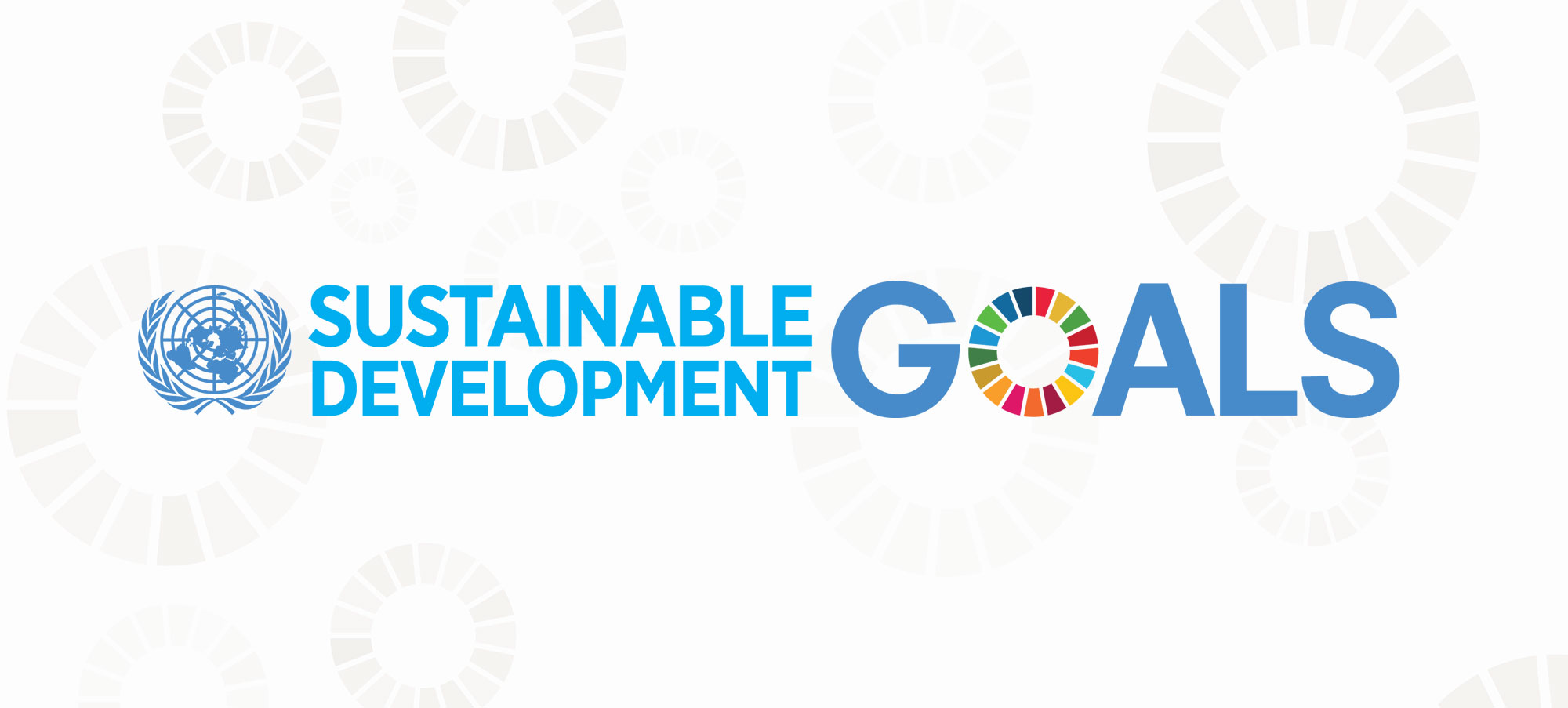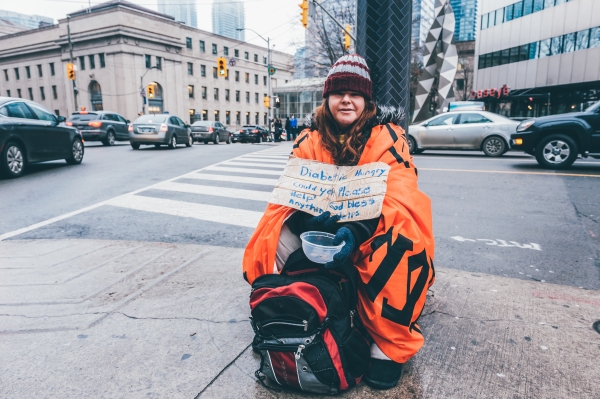How do we help pupils understand the impact of international inequality?
These lessons will introduce pupils to the idea of international inequalities as it relates to wealth and poverty in the UK and globally. The main aim is to get them to start to consider their own attitudes and values on this topic. Inequality is the state of not being equal, for example in terms of income or wealth or access to basic rights (i.e. running water, sanitation, food etc.). People with higher income will usually have better access to services and opportunities. They also have a lower chance of their basic human rights being violated. Whether an individual is born into a wealthy family or wealthy society is a matter of chance. Globally there is only a small percentage of people who are super-rich but control the wealth of the majority of the global population. “82% of the wealth created last year went to the richest one percent of the global population, while the 3.7 billion people who make up the poorest half of humanity got nothing” (Oxfam 2018). The aim of these lessons are to provide information about international inequalities and idenitfy how that impacts people globally. This will also highlight the various UN Sustainable Development Goals to reach when discussing international inequalities, such as SDG 1. No Poverty, SDG 2. Zero Hunger, SDG 3. Good Health and Well Being etc.




